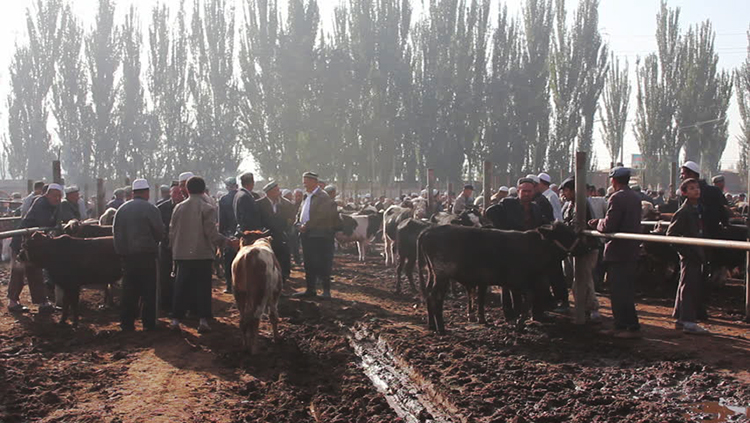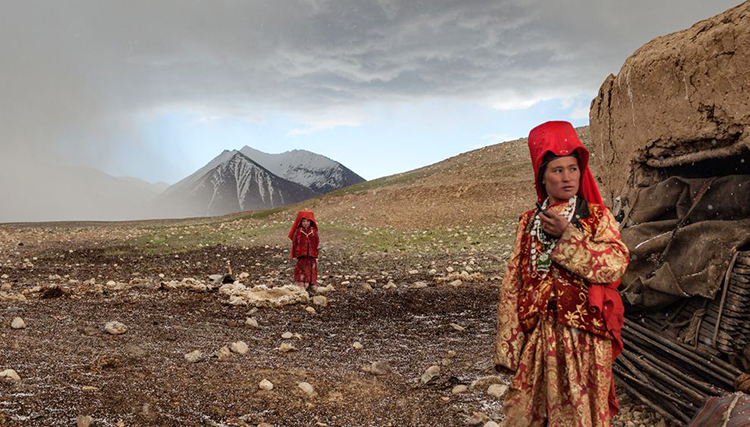Written by: Luo Fuyong
Posted on: May 12, 2016 | 
Kazakh Nomads
The Uyghur Folk Dastan is mainly spread in the southern part of Xinjiang. Those who are good at singing folk narrative poems are respectfully called “Dastanqi”. The content of the Uyghur Dastan includes major historical events and heroic figures, such as Legend of Uguz, Heroic Temor, Son of Cemetery, Yusuf and Ahmet, Lustanmil, etc. Love stories are another theme of the Uyghur Dastan; examples include Alif and Senam, Tayil and Zuohela, Pharhad and Sherin, Laily and Majinong, and Kakuk and Zainam. The singing style varies with different singers, and one same piece with a similar story is free to have different varieties also.

Where Kazakh people live, there is the Kazakh Folk Dastan, and long Kazakh narrative long poems too. Aken is the knowledge disseminator in the grassland areas for Kazakh people; hence, it is commonly recognized that “Han people write their history in books, whereas the Kazakh people pass on their history “written” through the lips of Arken”. There are more than 300 famous Kazakh Dastans or sagas, which can be classified as heroic poems, historical poems, love poems, and newly edited poems (Kesa or Heisa in written form), with Alepamis, Kubulander, and Hero Targen, etc., as some of the outstanding pieces.
Kyrgyz Dastanqi are the carriers and inheritors of their own folk sagas. These can be classified into three types: heroic poems, love poems, and myths. Mainly they are popular in the area of Kizilsu Kyrgyz Autonomous Prefecture of Southern Xinjiang and other places where Kyrgyz people live, such as Ili, Aksu and Kashgar. Compared to the epic Manas, these poems are short in length, but some figures can be found in Manas as well. Therefore, people named these long poems as “Kenjeyepus”, meaning “small epics”.

In 2008, Uyghur Dastan and Kazakh Dastan were listed in the second group of the national intangible cultural heritage of China, and the Kyrgyz Dastan was recognized by Xinjiang Uyghur Autonomous Region as one of the regional intangible cultural heritages in its second list.
You may also like: